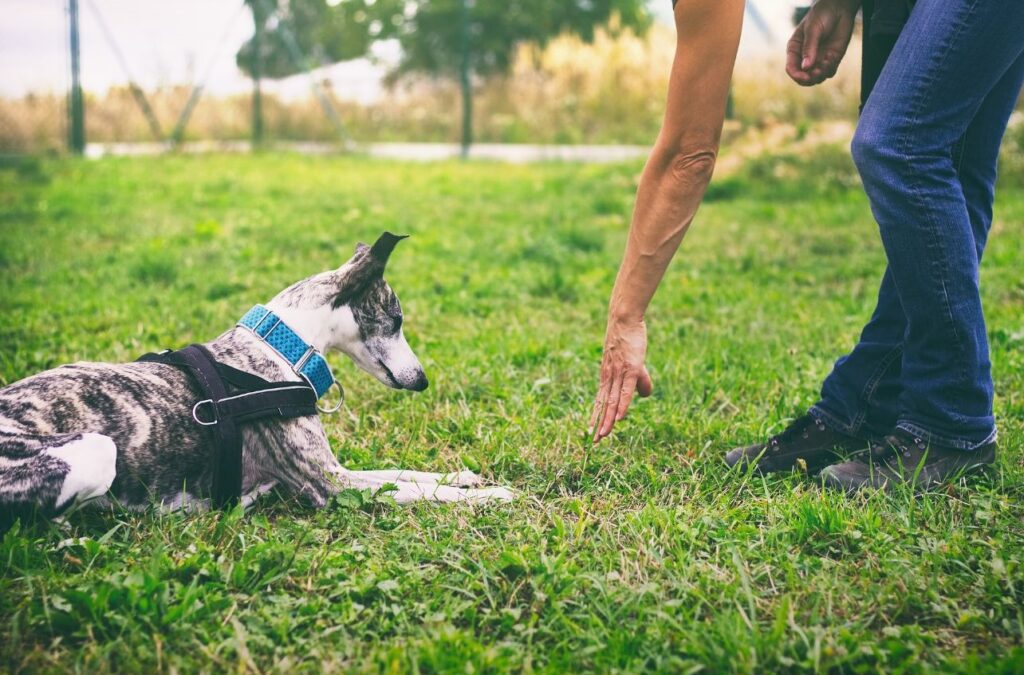Dog training is more than just teaching your furry companion basic commands; it’s about fostering a strong bond, ensuring their safety, and promoting good behavior. Whether you have a new puppy or an older dog, training is a continuous journey that benefits both you and your canine friend. In this blog post, we’ll explore the fundamentals of dog training, from essential techniques to the power of positive reinforcement.
- Start Early and Be Consistent: Early training is essential for building a strong foundation. Begin training your dog as soon as you bring them home, regardless of their age. Consistency is key – use the same commands and cues and establish a routine to help your dog understand expectations.
- Use Positive Reinforcement: Positive reinforcement involves rewarding your dog for displaying desired behaviors. Whether it’s a treat, praise, or playtime, positive reinforcement reinforces good behavior, making your dog more likely to repeat it. This method is effective and helps create positive learning experiences from your pup.
- Basic Commands: Teaching your dog basic commands such as “sit,” “stay,” “come,” and “down” is not only useful but also enhances safety and communication. Start with one command at a time and be patient. Use treats and praise to reward your dog when they follow the command correctly.
- Socialization Skills: Exposing your dog to different people, animals, and environments is crucial for preventing fear and aggression. Socialization should begin early and continue throughout your dog’s life. Enroll in puppy classes, visit dog parks, and arrange playdates to help your dog develop positive interactions.
- Leash Training: Leash training is essential for safe and enjoyable walks. Teach your dog to walk beside you without pulling. Use treats to reward them for staying by your side, and gradually increase the length of your walks as they improve their leash manners.
- Problem Solving: Addressing behavior issues such as jumping, barking, and chewing requires patience and understanding. Identify the root cause of the behavior and use positive reinforcement techniques to redirect their focus and encourage more appropriate behaviors.
- Crate Training: Crate training provides your dog with a safe space and can be helpful for house training. Make the crate a positive environment by placing treats, toys, and comfortable bedding inside. Gradually increase the amount of time your dog spends in the crate to feel secure.
- Advanced Training: Once your dog has mastered the basics, consider exploring advanced training techniques such as agility training, tricks, and even service dog training! These activities challenge your dog mentally and physically, strengthening your bond and boosting their confidence.
- Patience and Positive Attitude: Dog training requires patience, as each dog learns at their own pace. Stay positive and avoid punishment-based methods which can damage the trust between you and your dog. Celebrate small successes and acknowledge progress.
Dog training is a journey that evolves as your dog grows and matures. By incorporating positive reinforcement, basic commands, socialization, and problem-solving techniques, you’ll create a harmonious and enjoyable relationship with your four-legged friend. Remember that training is an ongoing process, and with dedication, patience, and love, you’ll witness your dog’s transformation into a well-behaved and happy companion.
For more information on training at Donte’s Den: https://www.dontesden.org/dog-training/


